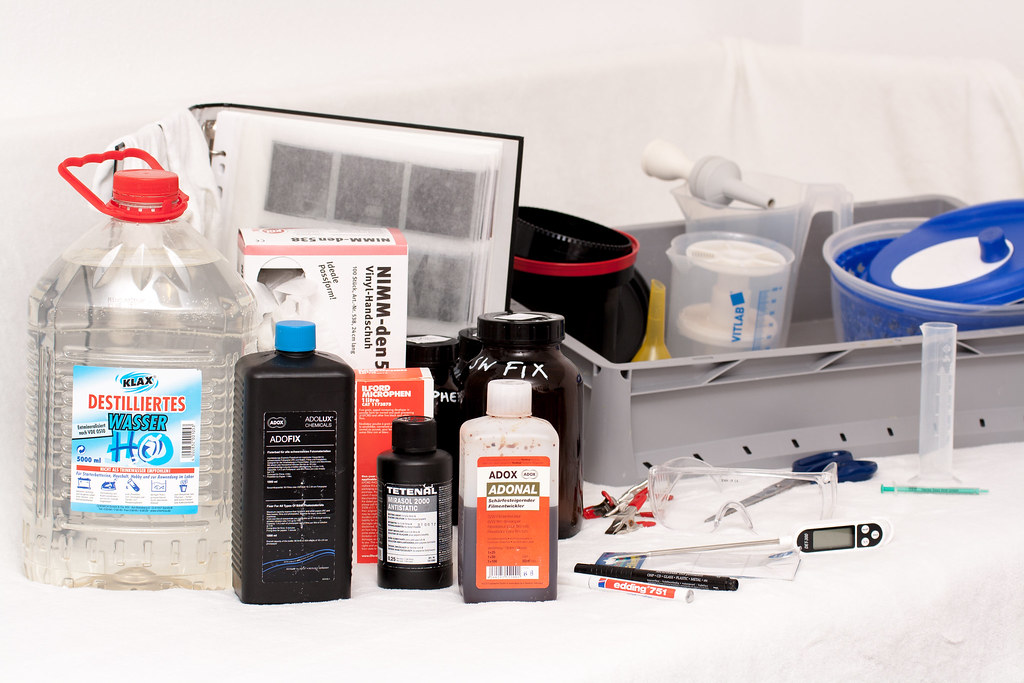In a recent podcast episode, I had the chance to dive into the hidden dangers of PFAS with environmental scientist Dr Stuart Khan. His insights into how these substances lurk in everyday items were both fascinating and concerning. Here’s why we all need to know more and do more to address this critical often overlooked environmental health issue.

Picture a serene Sunday morning: you’re in the kitchen, flipping pancakes, surrounded by the warmth of your family. There’s laughter, conversation, and the joy of a shared meal. Meanwhile, unknown to you all, the non-stick pan you’re using, a staple in many households, may be releasing Per- and Polyfluoroalkyl Substances (PFAS), often referred to as “Forever Chemicals.”
PFAS, widely used in cookware for their heat resistance, can become a hazard when non-stick coatings break down at high temperatures, releasing these chemicals into the air and food. Numerous studies have shown that inhaling or ingesting PFAS poses health risks, including affecting cholesterol levels, the immune system, and increasing the risk of certain cancers.
Where did PFAS come from?

PFAS were developed in the 1940s, and celebrated initially for their remarkable properties like stain resistance, non-stick ability, and water repellency. As Prof Stuart Khan who leads the Trace Chemical Contamination Research Stream at the UNSW Water Research Center, said in an episode of my podcast, “Synthetic chemists were able to produce new chemicals that are carbon and fluorine instead of carbon and hydrogen. These don’t occur naturally in the environment. But chemists identified that there are useful applications of these chemicals and began manufacturing them.”
Indeed, PFAS were hailed as groundbreaking innovations. Aside from non-stick cookware, these are used in firefighting foams, waterproof fabrics, and food packaging and in many industrial processes. However, their durability also means PFAS don’t break down in the environment, earning them the nickname ‘forever chemicals’ and raising serious environmental and health concerns.
PFAS were developed in the 1940s, and celebrated initially for their remarkable properties like stain resistance, non-stick ability, and water repellency. As Prof Stuart Khan who leads the Trace Chemical Contamination Research Stream at the UNSW Water Research Center, said in an episode of my podcast, “Synthetic chemists were able to produce new chemicals that are carbon and fluorine instead of carbon and hydrogen. These don’t occur naturally in the environment. But chemists identified that there are useful applications of these chemicals and began manufacturing them.”
Indeed, PFAS were hailed as groundbreaking innovations. Aside from non-stick cookware, these are used in firefighting foams, waterproof fabrics, and food packaging and in many industrial processes. However, their durability also means PFAS don’t break down in the environment, earning them the nickname ‘forever chemicals’ and raising serious environmental and health concerns.


Switching to safer alternatives is therefore not just a health choice, but a societal necessity. “There’s a robust wave of research aimed at reducing the harm caused by PFAS. Teams of scientists, think tanks, research institutions, and environmental organisations are tirelessly exploring new materials and technologies to curtail the use and environmental impact of PFAS,” says environmentalist Poornaa Khanna. But for now, Khanna stresses the critical role of continued awareness. “It’s important that advocacy groups, media, and government initiatives continue to educate the public about the risks associated with these chemicals,” she says.

Switching to safer alternatives is therefore not just a health choice, but a societal necessity. “There’s a robust wave of research aimed at reducing the harm caused by PFAS. Teams of scientists, think tanks, research institutions, and environmental organisations are tirelessly exploring new materials and technologies to curtail the use and environmental impact of PFAS,” says environmentalist Poornaa Khanna. But for now, Khanna stresses the critical role of continued awareness. “It’s important that advocacy groups, media, and government initiatives continue to educate the public about the risks associated with these chemicals,” she says.


With this in mind, here are some PFAS-free alternatives to integrate into your daily life.
- Cookware
PFAS source: Many non-stick pans and cooking utensils.
Alternatives: Cast iron, stainless steel, or aluminium cookware without non-stick coatings are great options. Ceramic-coated cookware is another alternative, just ensure it’s labelled “PFOA-free” or “PFAS-free.”
- Textiles
PFAS source: Stain-resistant carpets, water-repellent clothing, and some furniture upholstery.
Alternatives: Opt for untreated fabrics, natural fibres, or look for items specifically labelled as “PFAS-free.” For outdoor clothing, look for alternatives like those treated with silicone-based water repellents or labelled “PFC-free.”
- Personal care products
PFAS source: Some types of makeup (particularly foundation and mascara), lotions, and dental floss (yes, you read that right).
Alternatives: Choose cosmetics and personal care products that are clearly marked as “PFAS-free.” When selecting dental floss, look for varieties made from natural silk or those specified as free from PFAS. It’s noteworthy that PTFE, a type of PFAS, is used in some dental floss for its smooth and shred-resistant properties. This is the same technology used in non-stick cookware coatings, commonly known by the brand name Teflon. So read the label carefully.
- Cleaning products
PFAS source: Certain floor waxes, carpet cleaners, and fabric protectors.
Alternatives: Vinegar and water can replace many all-purpose cleaners. Baking soda is a good abrasive cleaner for tough stains. Look for eco-friendly cleaning products that are explicitly labelled as “PFAS-free.”
- Carpets and upholstery
PFAS source: Treated fabrics for stain resistance.
Alternatives: Choose untreated, natural fibre carpets and upholstery, or products certified by “GreenGuard” or “OEKO-TEX” for lower chemical emissions.
- Outdoor gear
PFAS source: Water-resistant clothing, tents, and backpacks.
Alternatives: Look for gear made with silicone-coated fabrics or labelled as “PFC-free.” Some brands specialise in eco-friendly outdoor gear without PFAS.
- Paper products
PFAS source: Grease-resistant papers, including some baking papers, fast-food packaging, and pizza boxes; popcorn bags.
Alternatives: Opt for PFAS-free wax or parchment paper and aluminium foil for food storage and baking. Choose takeout from restaurants using PFAS-free containers. Make popcorn using a stove-top or pressure cooker method. For storing and reheating food, opt for glass, ceramic, or stainless-steel over plastic to avoid potential chemicals.
Through informed decisions and a preference for eco-friendly alternatives, we can significantly minimise the use of these harmful chemicals. Moreover, by supporting companies and choosing products that are PFAS-free, we send a strong message to the industry. As we navigate through our daily lives, let’s make conscious choices that echo our commitment to a healthier, more sustainable world.

